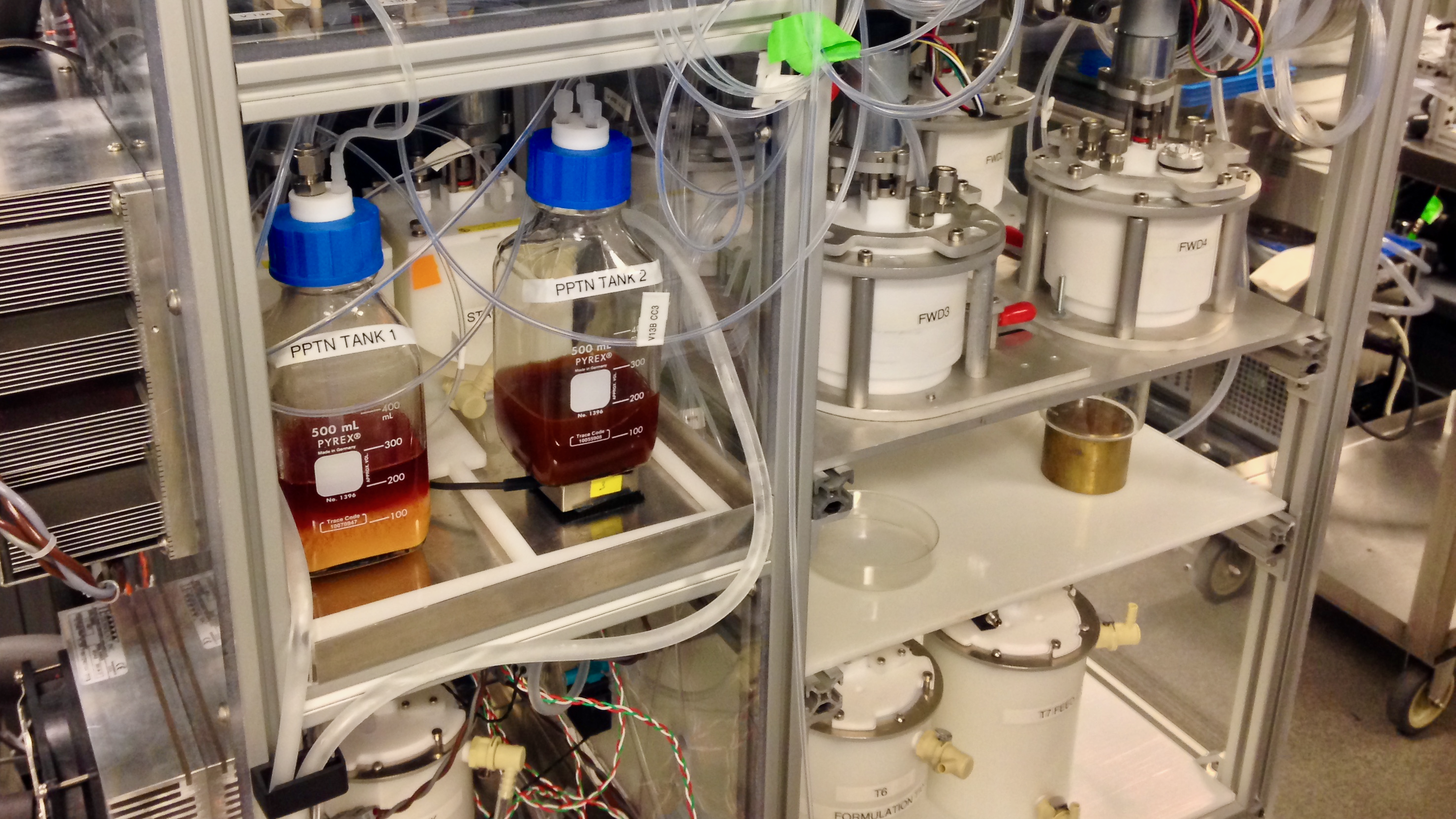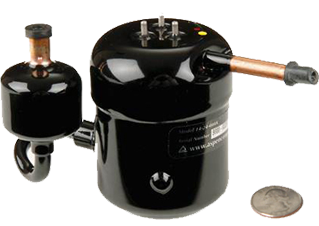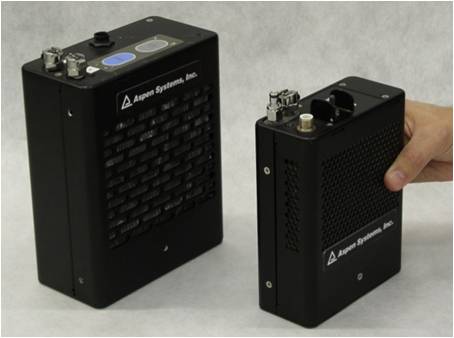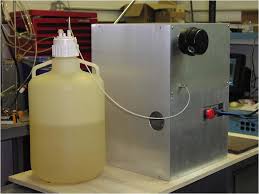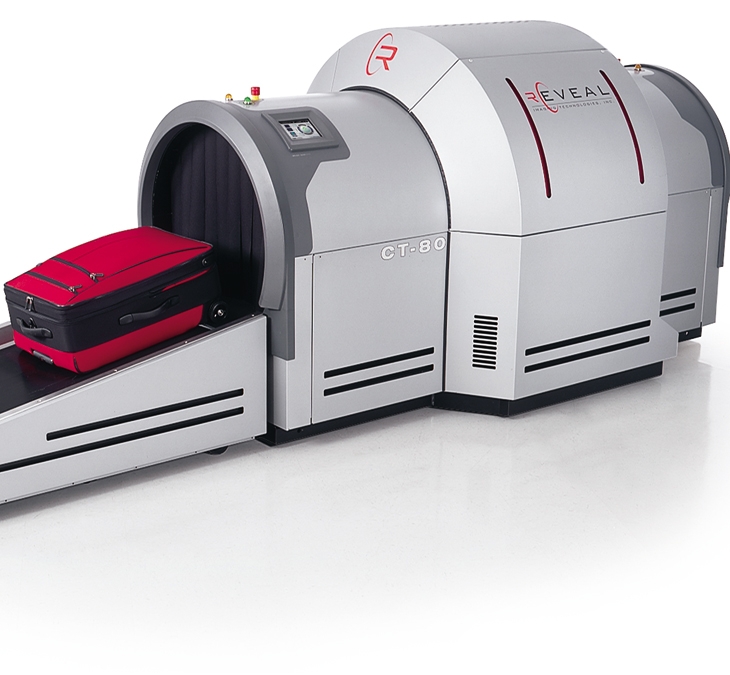At Eagle Lake Systems, our consulting systems architects design and integrate custom LabVIEW software applications for real-time embedded systems, test and measurement platforms, process monitoring and control, and machine automation.
When you hire a systems architect, they have the ability to oversee the entire system design, ensuring that every part fits together seamlessly to achieve the project’s mission. They manage complexity and costs by designing solutions that consider both current and future requirements of the system. Anticipating potential issues is critical, as this allows them to create resilient frameworks that can handle unforeseen problems without interruption.
While a junior developer using Artificial Intelligence (AI) tools might excel in auto-generating text-based boilerplate code, the specialized nature of LabVIEW and the experience of our architects make them particularly effective in engineering domains where precision, real-time control, and hardware integration are paramount.
1. Experience and Domain Expertise
Human systems architects bring a wealth of real-world experience and specialized skills acquired over years of practice. They have a deep understanding of real-time measurement and control systems, and can leverage their expertise to design efficient, scalable, and robust systems tailored to specific project needs.
Our architects are skilled in a wide variety of domains including: acoustics, additive manufacturing, automation, coffee brewing systems, communications systems, consumer electronics, continuous flow chemistry, cryptography, digital signal processing, fiber optics, fuel cell reforming, medical products, pharmaceuticals, process control, refrigeration, test and measurement systems, CT X-ray explosives detection, and super-premium ice cream.
This breadth of domain expertise in scientific and industrial applications allows us to design systems that are highly efficient and tailored to your unique systems integration challenge.
2. Problem-Solving and Innovation
Human architects have the ability to think creatively and solve complex problems that may arise during project development. They can innovate and adapt to unexpected challenges, making them essential for projects that require customized solutions or novel approaches.
3. Understanding Context and Nuance
Unlike AI, human architects can understand the broader context and subtle nuances of a project, including client-specific requirements and industry standards. This understanding enables them to provide solutions that are not only technically sound but also aligned with the client’s business goals.
4. Communication Skills
A systems architect can effectively communicate with various stakeholders, from technical team members to non-technical managers and end users, ensuring that everyone is on the same page and that the project progresses smoothly.
5. Judgment and Decision-Making
Human architects can make judgment calls based on their past experiences and the unique demands of the project. They can weigh the pros and cons of different approaches and make informed decisions that are not easily replicated by AI.
6. Customization and Flexibility
While AI tools are excellent for automating repetitive tasks and analyzing large datasets, they may lack the flexibility required for generating highly customized user interfaces, automated control sequencing, multi-axis motion choreography, and evolving project requirements. An experienced systems architect can iteratively adapt designs and approaches, offering tailored solutions that AI tools would struggle to achieve.
7. Ethics and Accountability
Human architects are better equipped to handle ethical considerations and take responsibility for their work. They can ensure that the developed systems adhere to ethical standards, industry regulations, and safety protocols, which are a crucial aspects of project development.
Eagle Lake Systems: Your Partner in Real-World Engineering
In summary, while AI tools can be useful for some types of problems, a human systems architect brings unique qualities and capabilities that are indispensable for delivering high-performance, cost effective, and customized engineering solutions that work in the real-world.
The benefits of a holistic, architectural approach are both quantitive and qualitative. Human systems architects must balance the initial development and equipment costs with long-term operational and maintenance expenses, advocating for sustainable solutions that prioritize lifecycle costs and efficiency.
By separating requirements analysis from design, we allow our architects to understand the problem to be solved – before we set out to create a solution or start writing code. Eagle Lake architects use proven frameworks and re-usable design patterns to quickly deploy reliable, flexible, software systems that offer high performance and are easy to deploy and maintain.
Emphasizing reliability by design is vital, as embedded systems often operate in real-time and must withstand various environmental and operational stresses in the real-world.
A “Trust, but Verify” approach is implemented through rigorous testing and validation to ensure that the delivered systems function correctly, adhere to quality standards, and perform reliably under all conditions.
This holistic oversight ensures that the delivered solution is not only efficient and robust but also capable of evolving with technological advancements, making it crucial for the success of any embedded systems project.
Contact Eagle Lake Systems today to discover how our architects can assist you in developing your next project.





